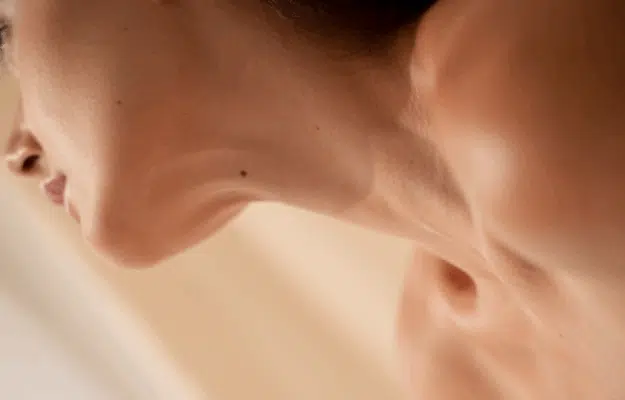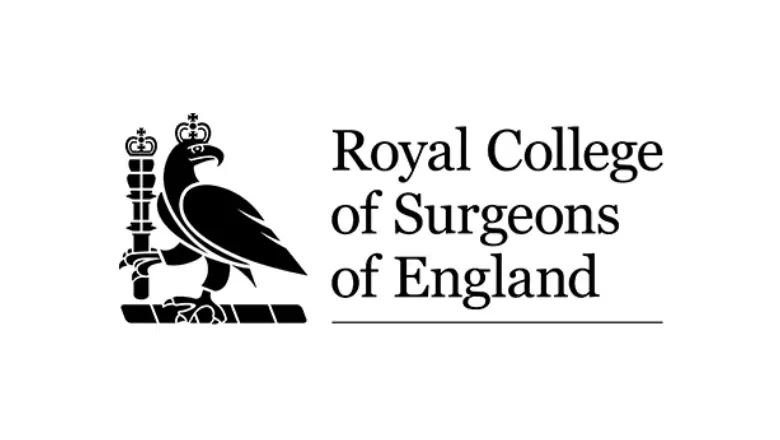What are Dimples?
Dimples are small indentations that can appear on the cheeks or chin of some individuals when they smile or express themselves facially. These intriguing features are considered by many to be a sign of attractiveness and are often associated with youthfulness and charm.
Biologically, dimples are the result of a minor muscle deformity which causes the skin of the cheek to draw tightly as it moves, creating external divots. This effect is most often seen in the cheeks but can also occur on the chin. In terms of genetics, dimples are a dominant trait. This means if one parent has dimples, there is a higher chance of passing on the genetic instructions for this trait to their children.
Dimples are created when there is a slight gap in the muscle, specifically the zygomaticus major. During the development of facial muscles in the womb, the muscle can sometimes split and create a dimple as a result. The skin overlying this small defect is stuck down to the connective tissue below, and when the muscle contracts during smiling, the dimple becomes apparent.
Despite being caused by what is technically a deformity, dimples are often viewed positively in society and are considered highly desirable by many. This favourable perception has led to an increased interest in cosmetic procedures like dimpleplasty, which aim to artificially create the appearance of dimples for those who do not naturally have them.
Exploring the Appeal of Dimples: Are They Truly Attractive?
Dimples are often considered a mark of beauty and attractiveness in various cultures around the world. These small indentations that appear on the cheeks when someone smiles are typically perceived as a sign of youth, vitality, and friendliness. The appeal of dimples can be attributed to several factors.
Firstly, dimples are seen as endearing features that enhance facial expressions, making smiles appear more pronounced and engaging. This unique facial characteristic can make individuals stand out in a crowd, adding to their personal charm. In many instances, people with dimples are thought to have a likable and approachable personality, which is a trait highly valued in social interactions.
Moreover, the rarity of natural dimples adds to their allure. Because not everyone is born with dimples, they are often viewed as a special trait. This rarity can make dimples highly desirable to those who appreciate them as a distinctive aesthetic feature.
From a media and cultural perspective, numerous celebrities with dimples have been idolised for their attractive smiles, reinforcing the association between dimples and attractiveness. This visibility contributes to the ongoing fascination with and desire for dimples, influencing beauty trends and cosmetic choices, such as the increasing popularity of procedures like dimpleplasty.
Understanding Dimpleplasty
Dimpleplasty is a cosmetic surgical procedure aimed at creating dimples on the cheeks. Often considered a sign of attractiveness and charm, dimples are natural indentations that occur when some people smile. However, not everyone is born with this facial feature, and that’s where dimpleplasty comes in.
This procedure is relatively straightforward and is typically performed under local anaesthesia. During the surgery, a small incision is made inside the patient’s cheek, leaving no visible scars on the outside. The surgeon then carefully removes a tiny piece of muscle and fat from the area, creating a small depression. A suture is placed through the inside of the cheek and catches the undersurface of the skin where the dimple is desired. When this suture is tied, it creates a dimple in the skin’s surface.
The entire process usually lasts about 30 minutes, and the results can be permanent. Post-surgery, there may be mild swelling and discomfort, but recovery is generally quick. Patients are advised to follow their surgeon’s aftercare instructions to ensure the best possible outcome.










